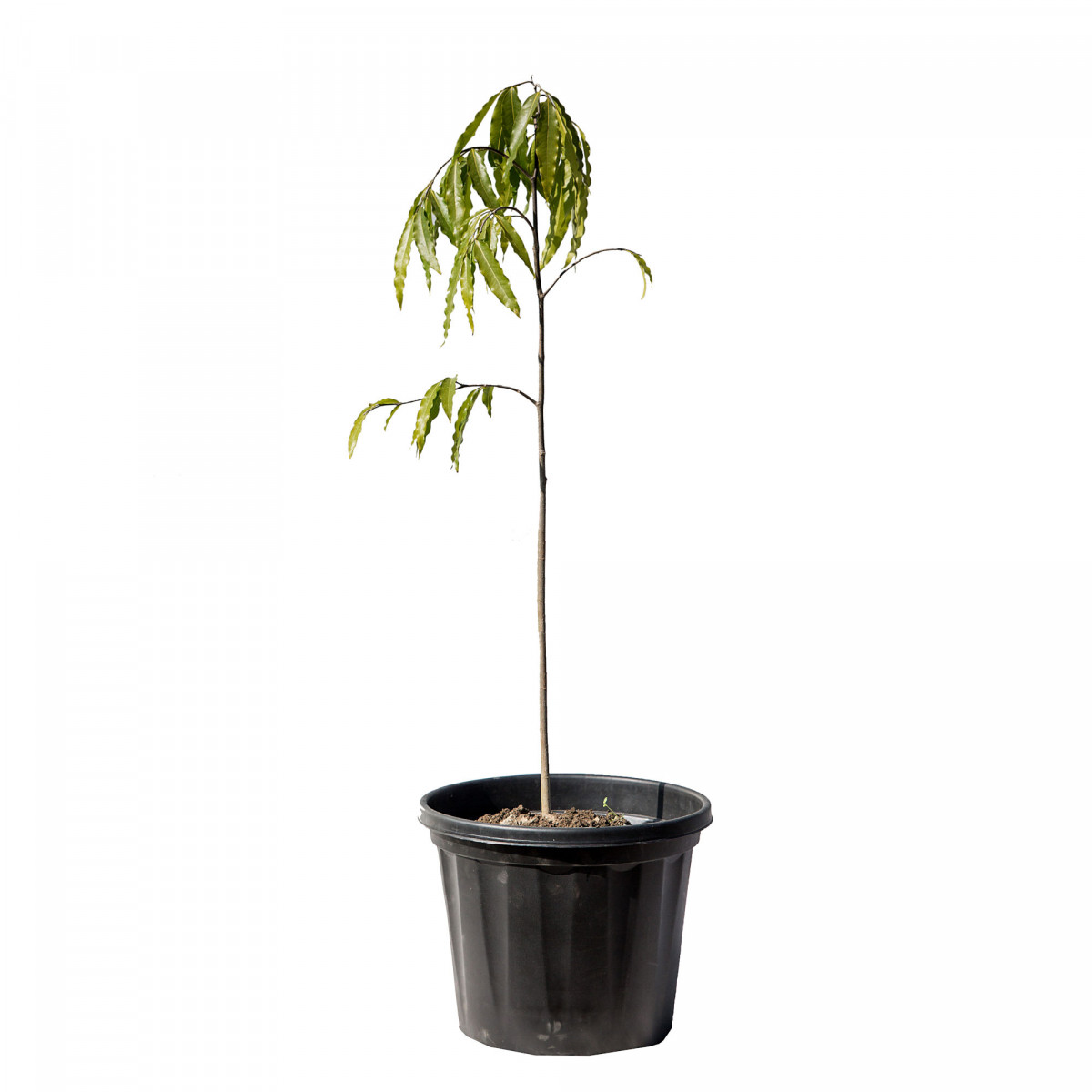🌳 Ashoka Tree (Saraca asoca)
Also known as: Sita Ashoka • Asoka Tree • Saraca Tree
🪴 Plant Snapshot
| Attribute | Details |
|---|---|
| Type | Evergreen Ornamental Tree / Sacred & Medicinal |
| Category | Outdoor • Temple Gardens • Spiritual Spaces • Large Landscapes |
| Botanical Name | Saraca asoca |
| Toxicity | ✅ Non-toxic – Safe for all; parts used in Ayurveda |
☀️ Growing Conditions
| Light | ☀️ Full Sun to Partial Shade – Thrives with 4–6+ hours of sunlight |
|---|---|
| Watering | 💧 Moderate – Water regularly; avoid waterlogging |
| Humidity | Prefers warm, humid climates – native to Indian subcontinent |
| Soil | Well-drained, rich loamy soil with organic content |
| Fertilizer | Use organic compost or balanced NPK once a month during active growth |
🌱 Growth & Features
| Growth Habit | Upright, dense, slow-growing tree with arching branches |
|---|---|
| Leaves | Glossy, coppery-red when young; maturing to dark green |
| Flowers | Stunning orange-red to yellow fragrant clusters that bloom from trunk & branches |
| Height | Grows up to 20–30 ft in landscapes (slow and graceful growth) |
✨ Uses & Benefits
-
🌸 Sacred in Hinduism and Buddhism – often planted near temples
-
🌿 Bark and flowers used in Ayurveda for women’s wellness
-
🌳 Ideal for calming spiritual spaces, parks, and memorial gardens
-
🐝 Attracts birds, butterflies, and pollinators with its blooms
💡 Fun Tip
Don’t confuse Saraca asoca with the false Ashoka (Polyalthia longifolia) — the real one has fragrant flowers and deep cultural importance. 🌼🕊️






Reviews
There are no reviews yet.